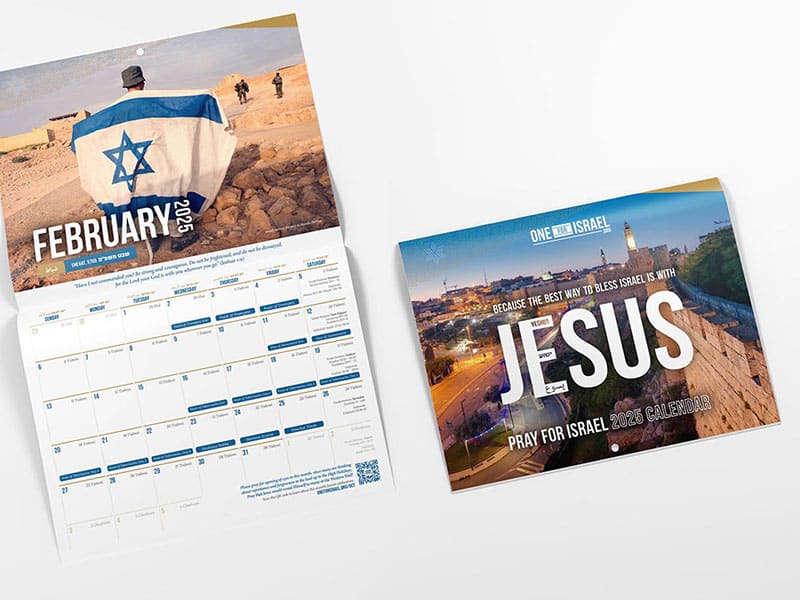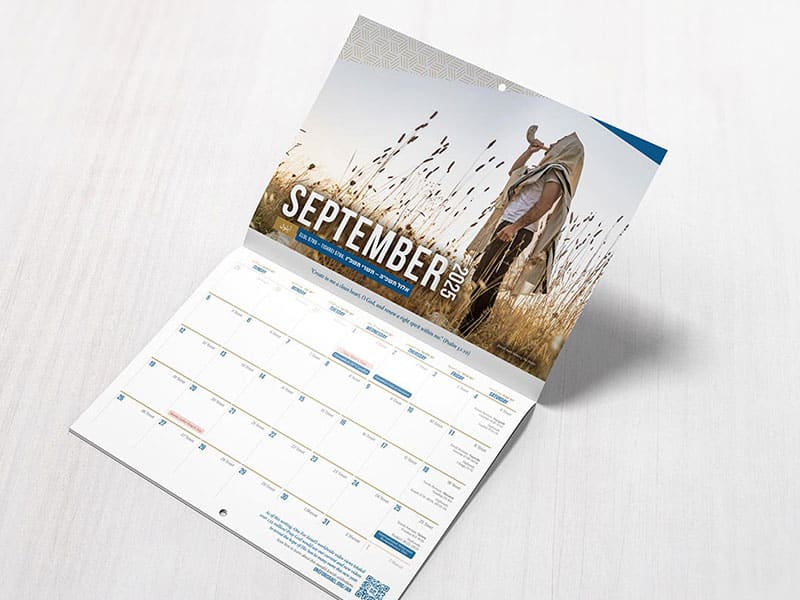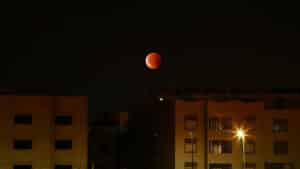“‘You, O king, were looking and behold, there was a single great IMAGE; that IMAGE, which was large and of extraordinary splendor, was standing in front of you, and its appearance was awesome.’ … Nebuchadnezzar the king made an image of gold, the height of which was sixty cubits and its width six cubits; he set it up on the plain of Dura in the province of Babylon…. Therefore at that time, when all the peoples heard the sound of the horn, flute, lyre, trigon, psaltery, bagpipe and all kinds of music, all the peoples, nations and men of every language fell down and worshiped the golden image that Nebuchadnezzar the king had set up” (Dan 2:31; 3:1, 7).
The book of Daniel is more than a book filled with apocalyptic visions. It is also a highly sophisticated piece of literature, and it’s point is easily missed when we don’t see how the pieces of the book fit together. Although the translations use “statue” with reference to the object of Nebuchadnezzar’s dream in chapter 2 (Dan 2:31-32, 34-35), a better translation of this Aramaic word is “image.” Not only is this the same word for “image” in chapter 3 (Dan 3:1-3, 5, 7, 10, 12, 14-15, 18-19), it is the Aramaic equivalent of the Hebrew word “image” in Genesis 1 (Gen 1:26-27).
The gravity of Nebuchadnezzar’s sin for commanding all nations to worship his “image” can only be measured with reference to the original creation story in Genesis. God made man in his own image and made him ruler over creation (Gen 1:26-27). Nebuchadnezzar is claiming (whether knowingly or not) to be the “image” of God whom the nations must worship.
The one like a son of man must be Israel’s Messiah, the “stone not cut by human hands” (Dan 2:34-35, 45), who will reign eternally over his people and worshipped by all nations!
But God will have none of this. For there is only one in his “image” who can rule over creation and it is the in “one like a son of man” Daniel 7. “I kept looking in the night visions, and behold, with the clouds of heaven One like a Son of Man was coming, and He came up to the Ancient of Days and was presented before Him. And to Him was given dominion, glory and a kingdom, that all the peoples, nations and men of every language might serve Him. His dominion is an everlasting dominion which will not pass away; and His kingdom is one which will not be destroyed” (Dan 7:13-14).
When God sets this “one like a son of man” upon the throne (Dan 7:13-14), he will rule over the beast-like kings of this world (Dan 7:3, 5-7, 11-12, 17, 19, 23). In the context of the book, therefore, “one like a son of man” must be understood as God’s alternative to the false “image” that was worshipped by all nations in Daniel 3 (Dan 3:4, 7)!
But to receive this kind of worship, “one like a son of man” cannot be Israel, or just a regular human being for that matter. He has to be the essential and eternal image of God. In other words, the one like a son of man must be Israel’s Messiah, the “stone not cut by human hands” (Dan 2:34-35, 45), who will reign eternally over his people and worshipped by all nations!
“He is the image of the invisible God, the firstborn of all creation. For by Him all things were created, both in the heavens and on earth, visible and invisible, whether thrones or dominions or rulers or authorities — all things have been created through Him and for Him. He is before all things, and in Him all things hold together. He is also head of the body, the church; and He is the beginning, the firstborn from the dead, so that He Himself will come to have first place in everything” (Col 1:15-18).










